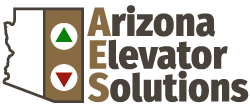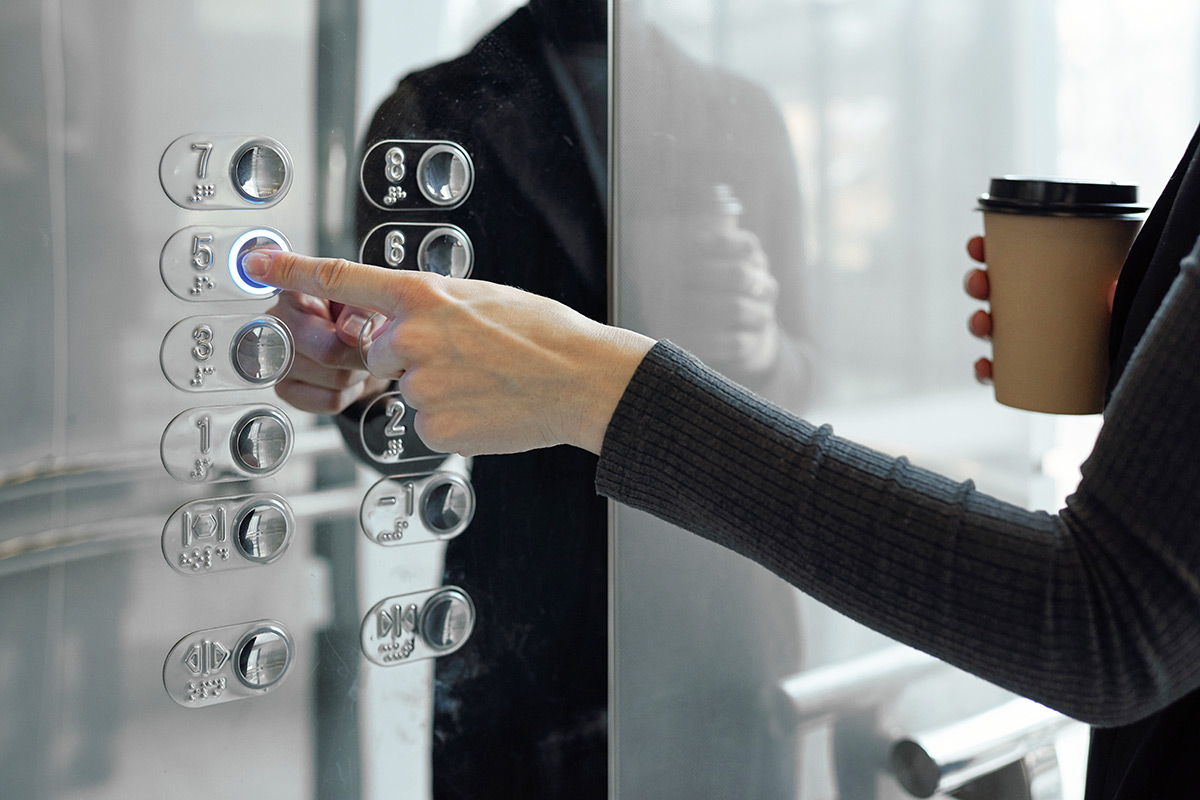If you are searching “elevator parts list“, “elevator parts name” or “parts of elevator and its function“, this post should help!
We have been using elevators for decades now, and have always operated on a very simple principle. Although the simple basic principle of elevator engineering has stayed the same over the years, there has been many small tweaks made in order for the elevator to give a smoother ride.
By using systems that are computer controlled, the efficiency of elevators has been increased and they give a much more rapid means of transport. See below for a brief list of elevator parts.
Parts Of An Elevator (List)
The different parts of an elevator include:
- Elevator car & shaft
- The Sheave & Motor
- Control unit
- Counterweight
- Machine drive
- Counterweight guide rails
- Guide rail fixing bracket
- Car guide rail
- Counterweight frame
- Counterweight buffer
- Overspeed governor
- Control cabinet
- Apron
- Landing doors
- Tension pulley
- Car bugger
Elevator Car and Shaft
The construction of the elevator designed it to be encased within the elevator shaft, and to be used to transport people and various objects to different levels in a building. Elevators come in a few different sizes, all of which have been designed with at least one door and work off of a motor or hydraulic system that pulls them up and lets them back down again.
With the most common being the motorized elevators, and also the best value in the construction of buildings. Also, the shafts of an elevator consist of guide tracks, which the elevator is guided by when being pulled up and down, and this help to balance any counterweight, and it is both of these together that helps take stress off of the elevators motor.
The Sheave and Motor
Elevators that are raised and lowered by steel ropes that are connected to a counterweight and to the elevator car are motorized one’s. Whereas the counter is to stimulate the weight for the elevator car at 40% of its capacity, this is to help in reducing any strain on the motor as well. The sheave is what the pulley is called, it has groves in it and lets the rope be lifted, raised, and lowered.
It is the motor that keeps the sheave (pulley) moving in the correct direction, taking people where they need to go.
Control Unit
The control unit, motor, and the sheave, are all housed in the control room, which is generally in a location at the top of the elevator shaft. This is where the signals of each floor’s controls go and then they are translated through the system to tell the motor whether to move up or down. Once the elevator has reached its destination there is a signal sent to the control room for it to either stop and let passengers board or exit it.
There has been software installed in a computer that monitors the travel patterns, along with specific instructions that have been programmed into the control unit with the resting locations and signal priorities.
Counterweight and Guide Rails
A counterweight is used for reducing stress on the motor because it is constantly being strained from the continuous lifting and lowering of the elevator (movements of going back and forth like a child’s seesaw). The motor works with the counterweight repelling the elevator in the upwards direction and then in the downwards direction. To keep the elevator and the counterweight from swaying guide rails were also designed into the construction making it a smooth ride in both directions.
Download Elevator Parts List PDF
Arizona Elevator Solutions Is A Professional Elevator Company In Arizona
Arizona Elevator Solutions is your go to elevator specialists that can handle anything from elevator repair and maintenance to elevator modernization and upgrades. Get a free elevator modernization quote from Arizona Elevator Solutions today! We also offer elevator services in Colorado.

